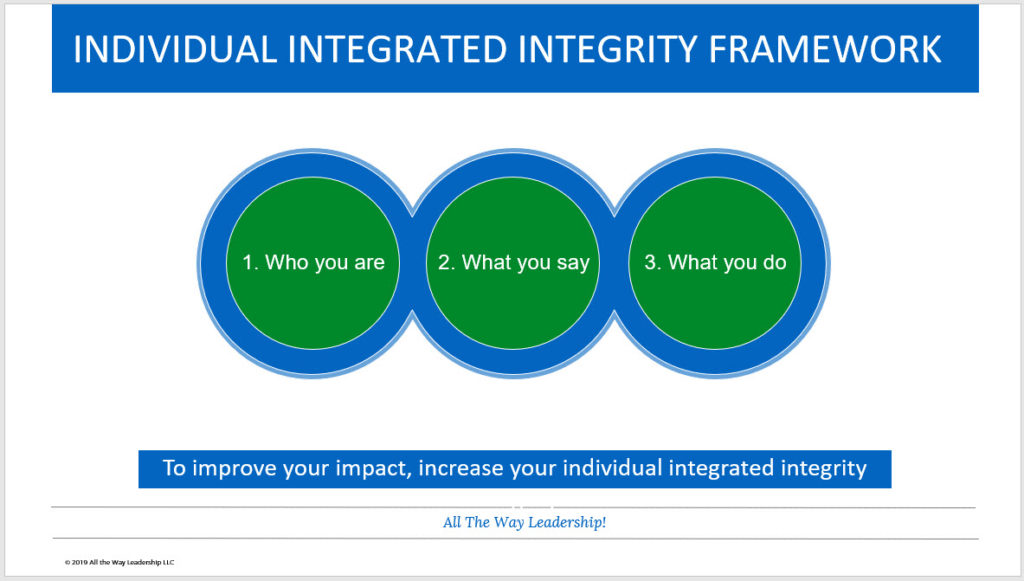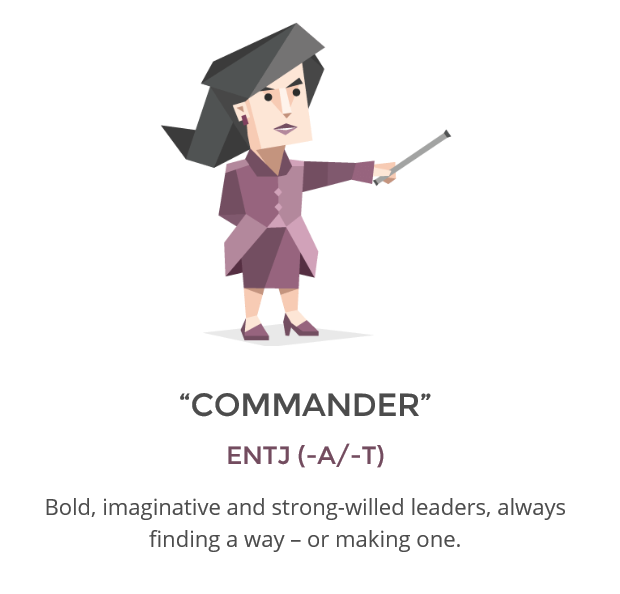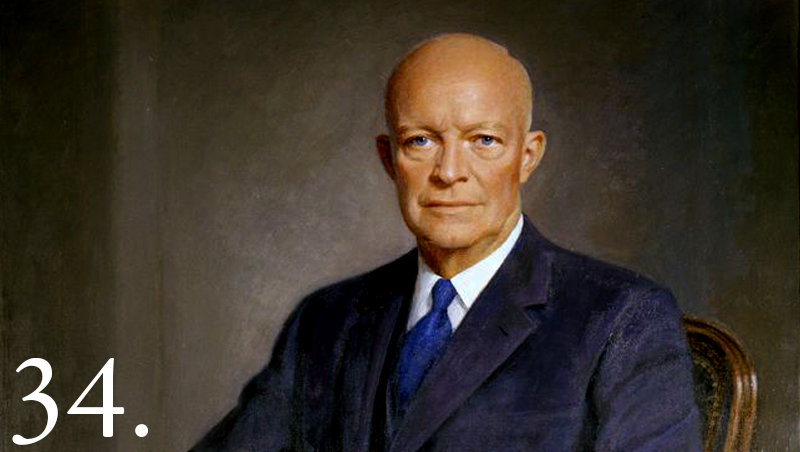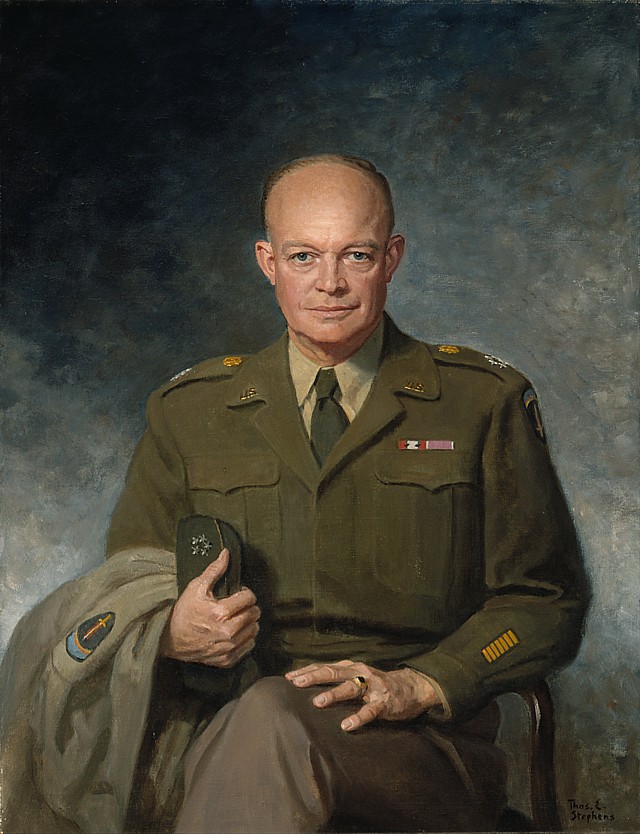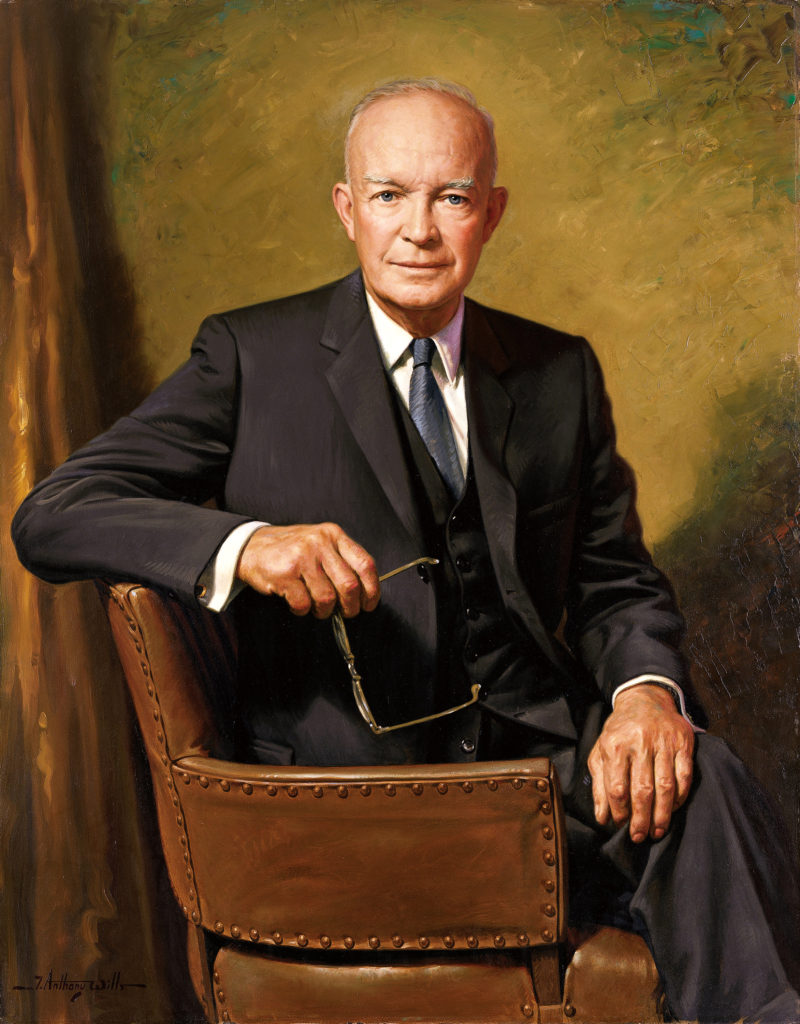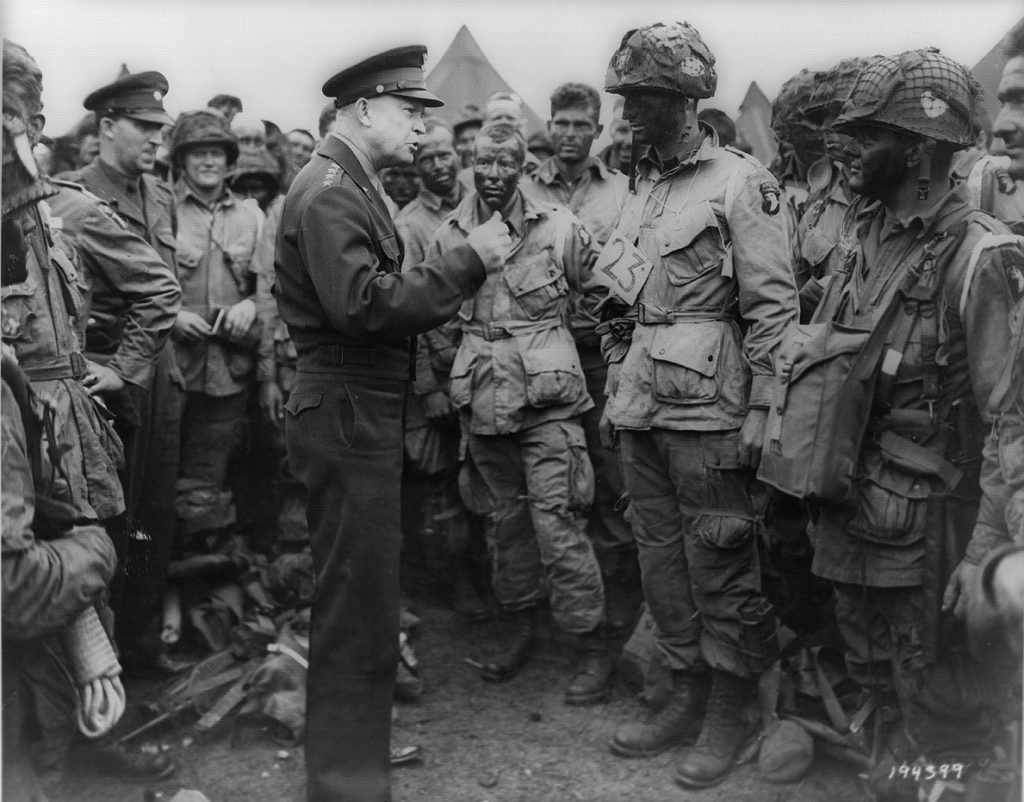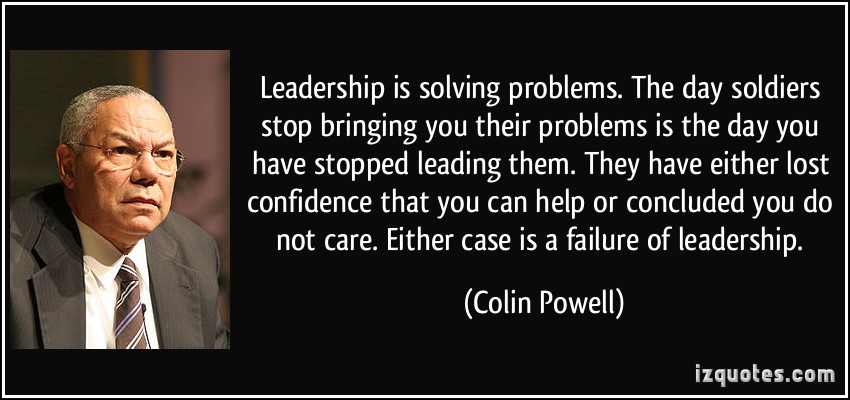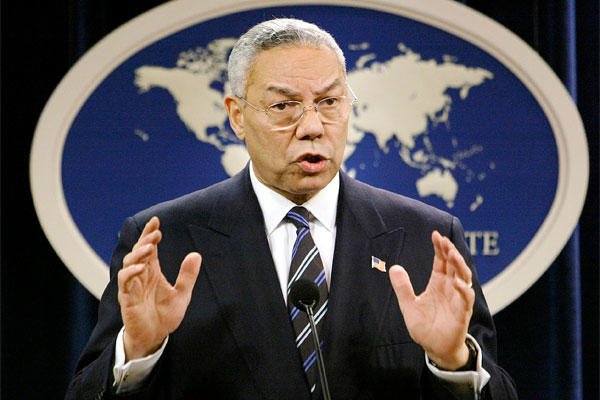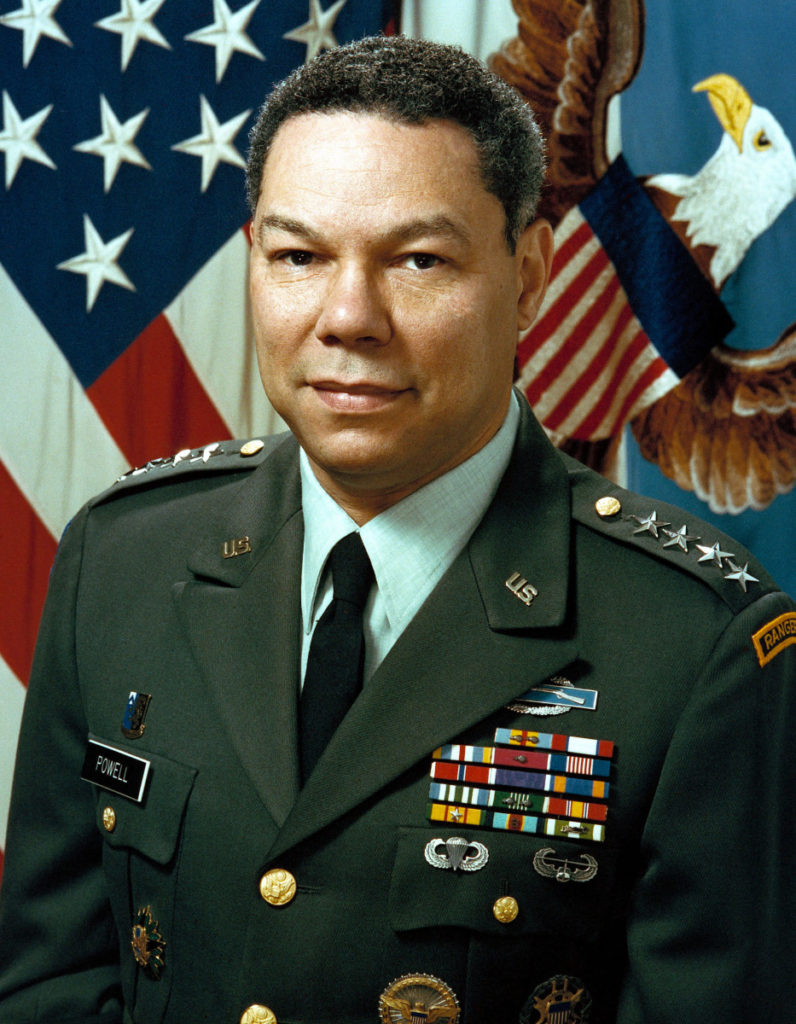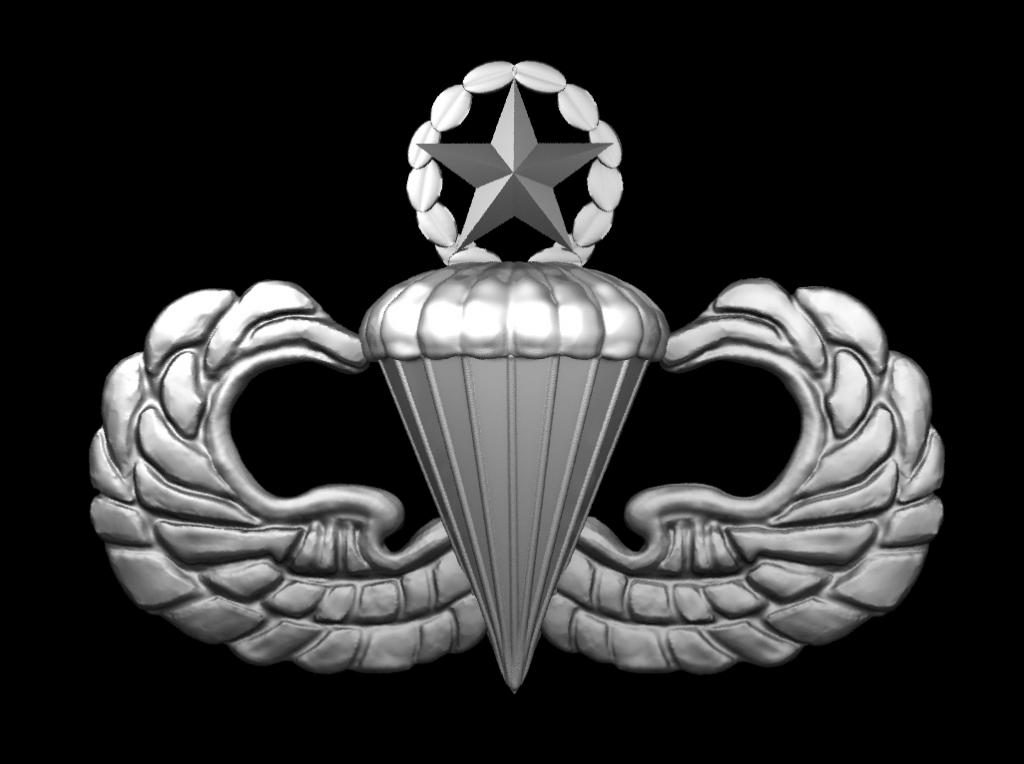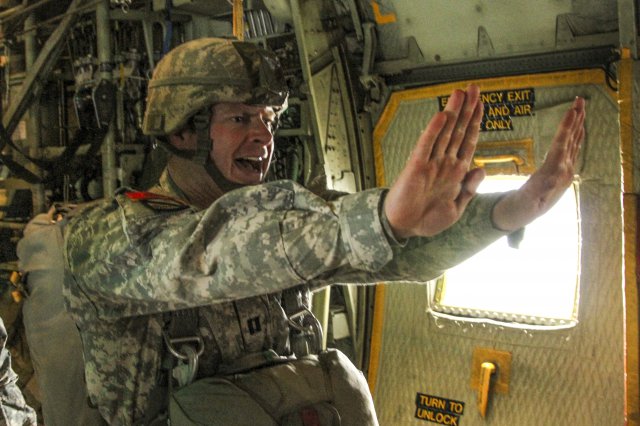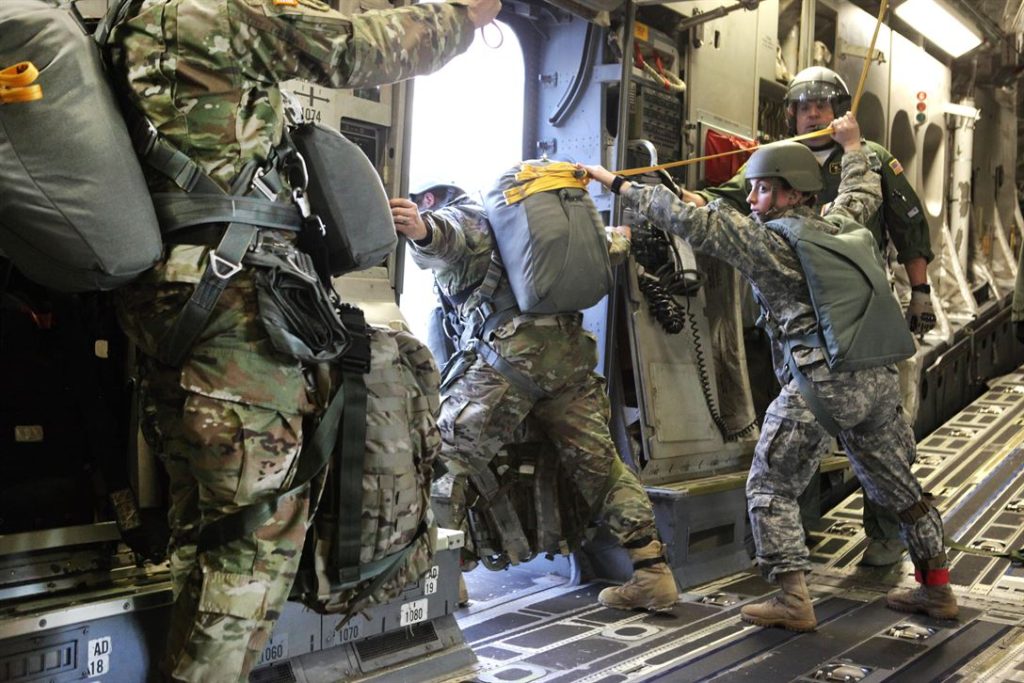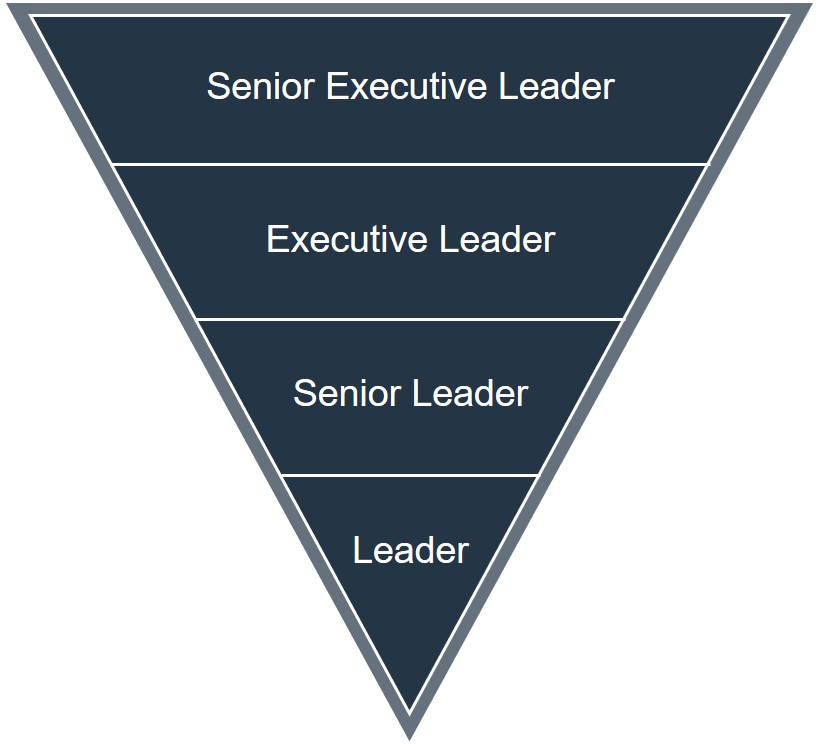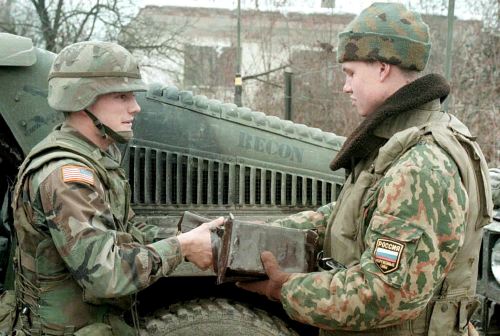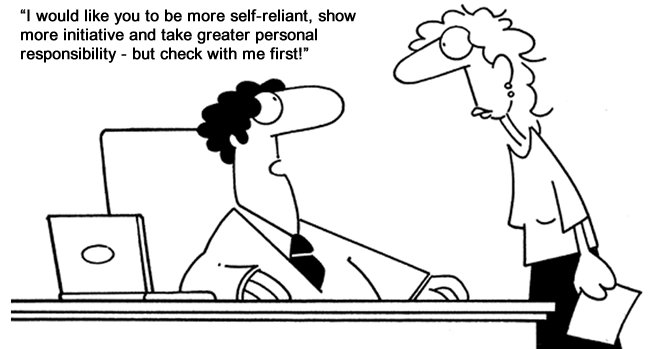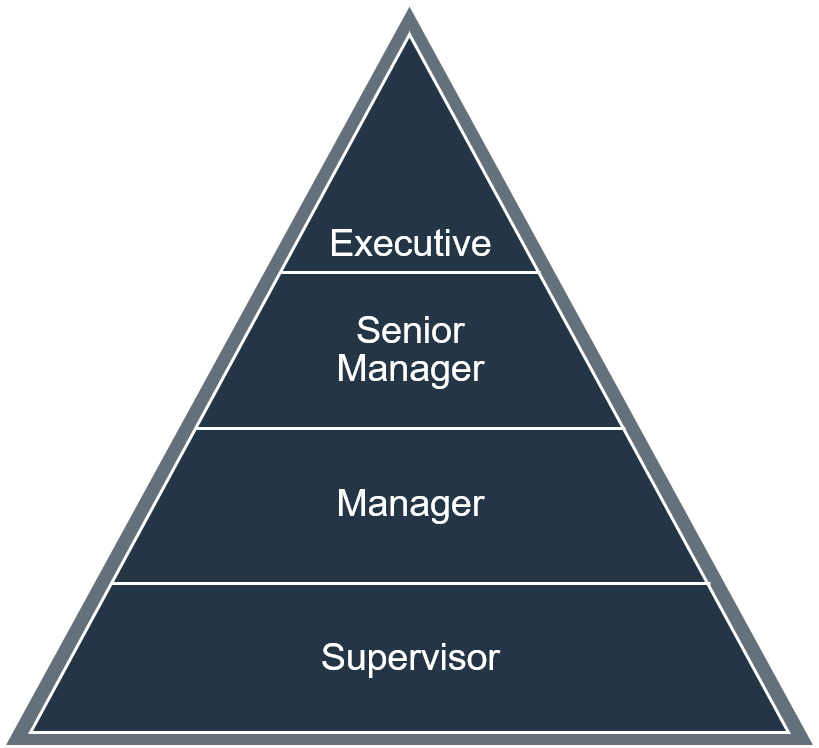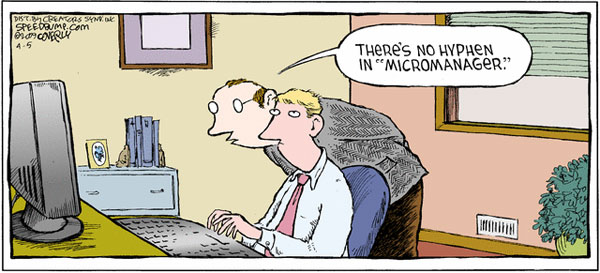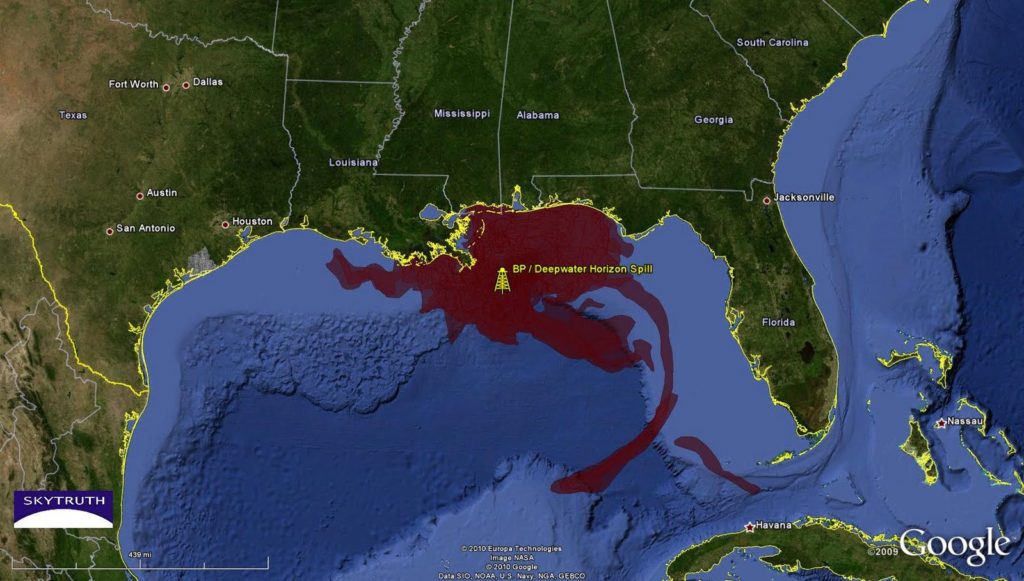The team sat around the table. It was an off-site to complete strategic planning for the next year. They were making almost no progress at all. I joined the group to brief my portion of the event. You could feel the tension in the air. Simply put, this team was not getting along, and that needed to change. I asked all the participants to complete the MBTI assessment before the event. I recommended that each of them ponder their results. My role was to share the overall team profile and address common questions about the MBTI personality test.

I am not an MBTI expert and do not pretend to be one
All The Way Leadership! believes that the MBTI is one tool of several available that anyone can use to learn about who you are. The 16 personalities web site provides a survey to help you determine your MBTI. It also includes a detailed report regarding your results. I recommend this site as an easy way to identify your MBTI. I am not an MBTI expert and do not pretend to be one. If you want to go deep into your MBTI find someone who is. Instead, I recommend that everyone complete the MBTI for self-awareness. All The Way Leadership! also views the MBTI as a filter for analyzing team dynamics. In the case I described above, their results made it clear that the team was experiencing several strong personality clashes.
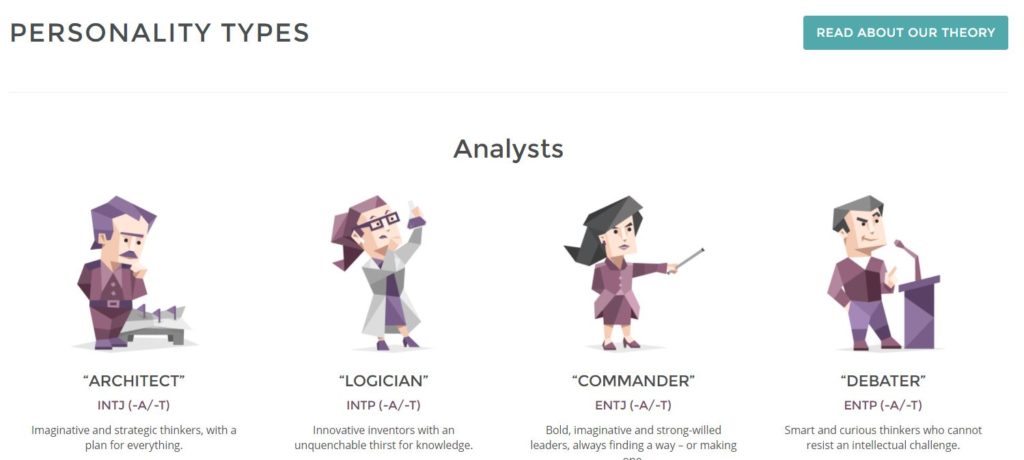
Most teams include different personalities which may create conflict
I showed the team their combined results using a graphic similar to the one shown below. It arrays the overall results of the team. I did not identify anyone by name. Instead, I simply used a smiley face icon to represent each member. We discussed the fact that the team included several divergent personality types. It is rare that you will see a team where all the team members have the same personality type. The most interesting fact for this team was that several of them were on different ends of the spectrum. The graphic makes that point clear. It is not unusual for a team like this one to experience tension across the group.

It is important that leaders ponder their team’s overall results
I shared the good news first – groupthink was not going to be an issue. Next came the tough love – the team was not getting along because of who they were as people. The hard part is that you cannot change your personality. You are who you are. Instead, the team would need to deal with the tension directly. That sounds easy – it’s not. The team leader knew challenges lay ahead for the team. I finished the talk by answering questions that come up about the MBTI. The three most common are found below.
MBTI question #1- Is there a preferred personality type for strong leaders?
Really good news – no. All The Way Leadership! belives that anyone can become a strong leader. There is no single personality type that is the right one for leaders. Also, the idea of natural-born leaders is flawed. Some people may have more of a propensity to lead, but no one is born with the innate ability to lead better than others. Leadership is learned. If you look at the best leaders you will notice many different personality types, so don’t worry about your MBTI. You are who you are, and you can become an effective leader.

MBTI question #2 – What do I do if I am an introvert?
Even better news – don’t panic if you are an introvert. All The Way Leadership! believes that introverts can become strong leaders. Some people say that the most effective leaders are extroverts. They are wrong. Many of the best leaders are introverts. Sure – you need to work with people to be an effective leader. But, introversion does not mean that you do not like people. Instead, you get your energy in a different way than extroverts. The excellent TED talk by Susan Cain below goes into much more detail about introverts. BTW – I am an introvert.
MBTI question #3 – What if I am dominant and overly task-focused?
Unfortunately, the answer to this question is tough. Some people can be intensely dominant and overly task-focused. In other words – they focus solely on getting the work done…at all costs. People’s feelings and team morale are always secondary to the task at hand. They may achieve amazing results but tend to burn out their teams in the process. If that is you – be careful! Some situations require leaders who possess a driven personality type (e.g., ENTJ, aka the commander). The leader must drive the team hard. However, over the long-term, people matter. You better take care of your team if you want to be an effective leader. Otherwise, they will leave you, and find a leader who does care about them as much as the mission.

What if I retook the test and have different results than before?
Several people I know received a different MBTI result when taking the test again. What should you do if this happens? I recommend going with the latest test result. I worked with summer interns for several years. After they joined the workforce and retook the test their results varied. It makes sense that you may see some changes when you are young. For more seasoned leaders, your results may change because you are right on the edge in one of the categories. For example, I was an extrovert the first time. More recently I scored as an introvert. I completed the Step II MBTI test. It provides more details for each facet. I recommend this version for veteran leaders. The reality is that I score in the middle between introvert and extrovert.

Take the time to ponder your MBTI results
It is vitally important that leaders understand themselves. The MBTI is a useful tool for gaining insight into who you are. All The Way Leadership! also recommends the MBTI as a way to analyze team member personalities and diagnose dynamics. In the next post, I will discuss some tactical tips and lessons learned about this topic.
Knowing yourself is the beginning of all wisdom.
Aristotle
ATW! is designed to make you a better leader
I hope you join me on this journey to raise up the next generation of leaders. The world is in desperate need of more great leaders. Women and men who lead with confidence, clarity, and creativity. It’s time to become the leader that your world needs. Let’s go All The Way!




